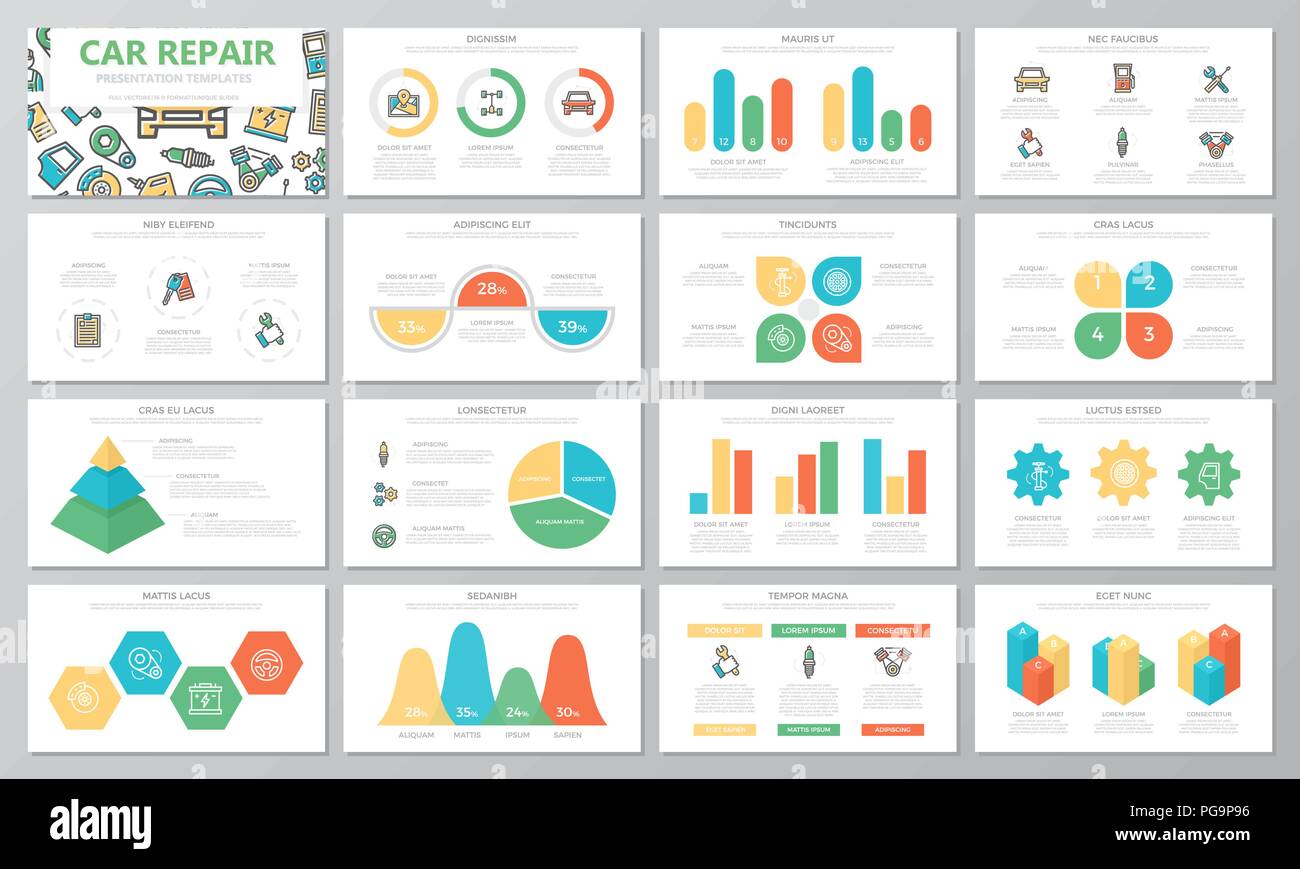Wondering About The Definition Behind Those Dashboard Caution Lights? Gain Insights Into Their Implications For Your Vehicle'S Safety And Security And Maintenance
Wondering About The Definition Behind Those Dashboard Caution Lights? Gain Insights Into Their Implications For Your Vehicle'S Safety And Security And Maintenance
Blog Article
Content Author-Faulkner Corbett
When you lag the wheel, those glowing caution lights on your dashboard can be a bit perplexing. Do you understand what they're trying to tell you regarding your vehicle's health? Understanding the value of these lights is crucial for your safety and the longevity of your vehicle. So, the following time one of those lights turns up, wouldn't you intend to decipher its message precisely and take the necessary actions to resolve it?
Common Warning Lights and Interpretations
Recognize usual warning lights in your auto and understand their definitions to ensure secure driving.
One of the most typical warning lights consist of the check engine light, which signals issues with the engine or discharges system. If this light begins, it's important to have your lorry examined without delay.
The oil stress advising light indicates reduced oil stress, calling for prompt focus to stop engine damage.
A blinking battery light could suggest a defective billing system, possibly leaving you stranded if not attended to.
The tire stress monitoring system (TPMS) light alerts you to low tire pressure, impacting automobile stability and fuel efficiency. Overlooking click the up coming webpage can lead to risky driving problems.
The abdominal light indicates a problem with the anti-lock stopping system, jeopardizing your capability to quit promptly in emergencies.
Lastly, the coolant temperature advising light warns of engine getting too hot, which can cause serious damages if not resolved quickly.
Comprehending these usual warning lights will certainly aid you resolve issues without delay and keep safe driving conditions.
Value of Prompt Attention
Understanding the typical caution lights in your vehicle is only the very first step; the value of immediately attending to these warnings can't be highlighted enough to ensure your security when traveling.
When cardeepcleaning brightens on your dashboard, it's your auto's way of interacting a potential concern that needs attention. Disregarding these warnings can result in much more severe problems down the road, endangering your safety and potentially costing you a lot more out of commission.
Motivate attention to warning lights can prevent break downs and mishaps. For instance, a blinking check engine light might suggest a misfire that, if left neglected, can cause damage to the catalytic converter. Resolving this without delay can save you from a costly repair.
Similarly, a brake system alerting light could indicate low brake fluid or used brake pads, crucial components for your security when driving.
DIY Troubleshooting Tips
If you discover a caution light on your dashboard, there are a few DIY fixing pointers you can attempt before looking for expert help.
The primary step is to consult your vehicle's guidebook to understand what the details warning light indicates. In https://airliftperformancekits95162.dailyblogzz.com/32640678/how-can-mobile-automobile-detailing-transform-your-car-treatment-experience-while-ensuring-top-quality-discover-the-essential-aspects-to-think-about-prior-to-picking-a-detailer can be as easy as a loose gas cap setting off the check engine light. Tightening up the gas cap may solve the issue.
https://cesarqlgau.get-blogging.com/32612132/just-how-to-choose-the-right-vehicle-explaining-solution-for-your-demands is a reduced battery, which can activate different cautioning lights. Examining the battery links for rust and guaranteeing they're protected might repair the issue.
If a warning light lingers, you can attempt resetting it by separating the automobile's battery for a couple of minutes and after that reconnecting it. In addition, checking your vehicle's fluid levels, such as oil, coolant, and brake fluid, can assist fix alerting lights connected to these systems.
Verdict
To conclude, understanding your auto's warning lights is vital for keeping your automobile running smoothly and safely. By quickly attending to these alerts and recognizing what they mean, you can stay clear of costly repair work and potential malfunctions.
Keep in mind to consult your vehicle's manual for certain information on each alerting light and act appropriately to ensure a trouble-free driving experience.
Stay notified, stay safe when traveling!
